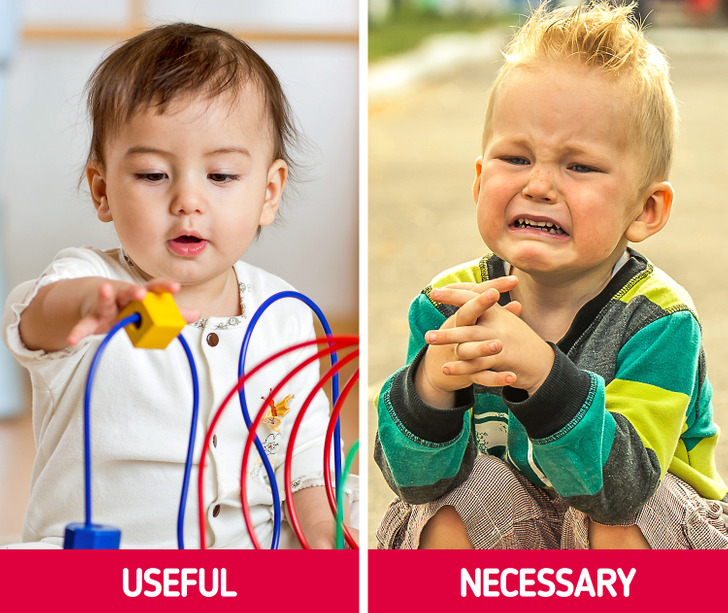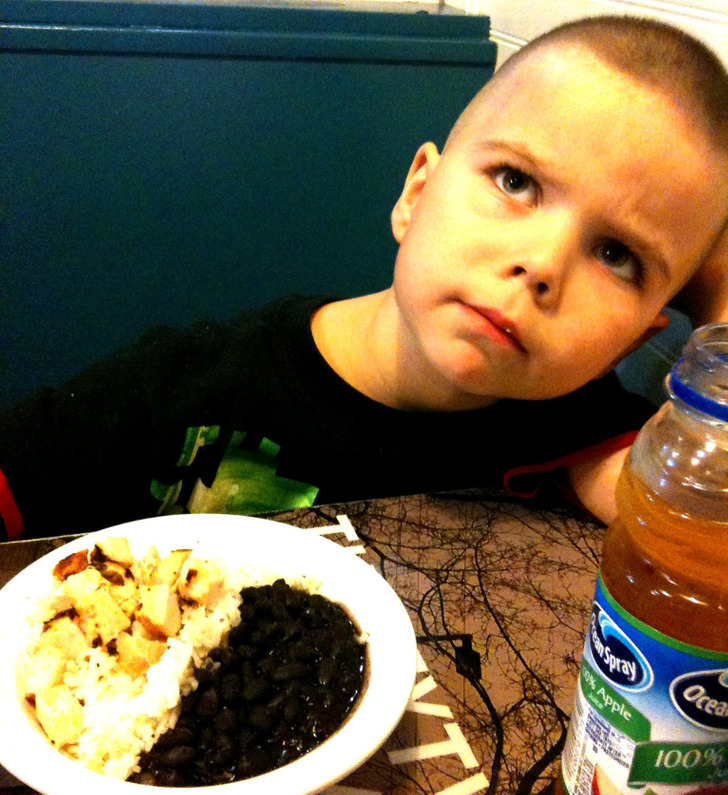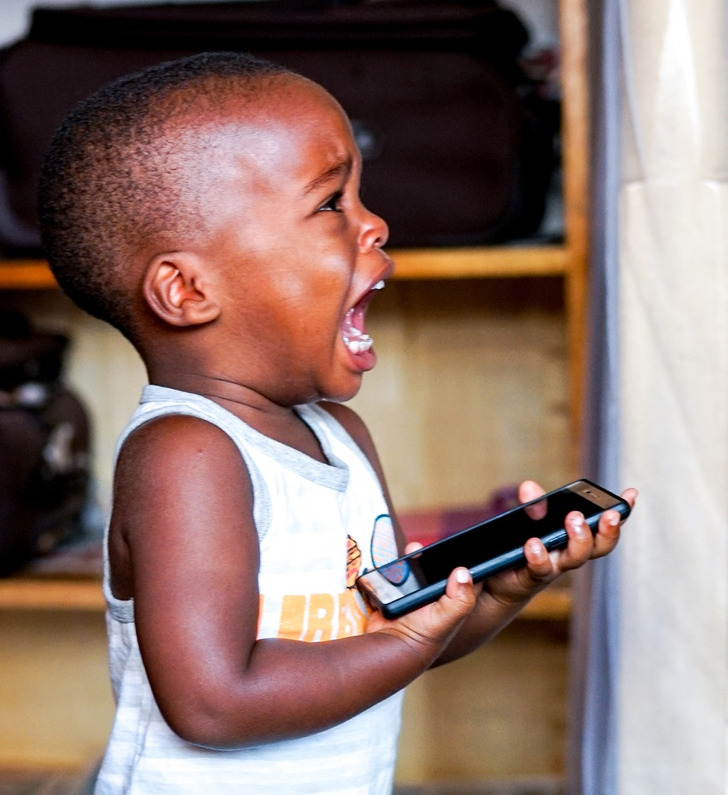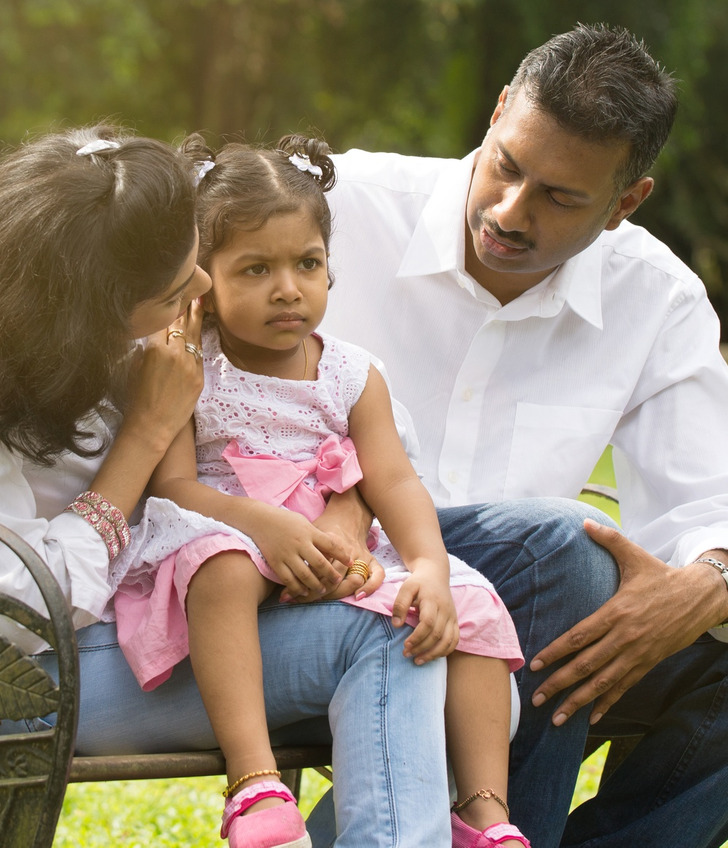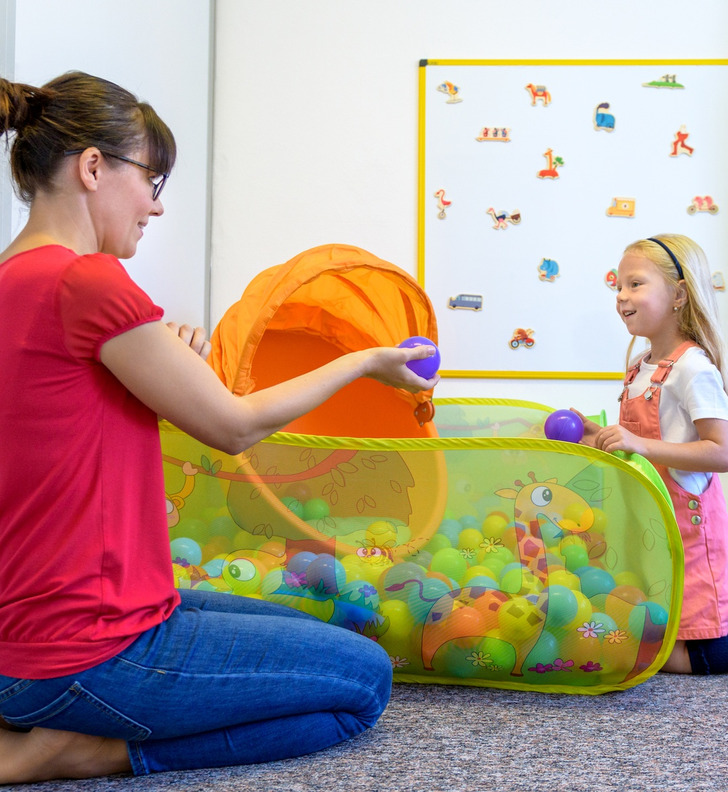Why Toddlers Throw Tantrums, and Why We Shouldn’t Fight Them
A child throwing a tantrum right in the middle of a crowded supermarket is a nightmare for any parent. But at that age, children scream, bite, and cry not because their parents have spoiled them. Tantrums are more than just that. In fact, they are important and even good for the development of children.
Why children throw tantrums
An emotional meltdown happens when the emotional part of the brain (limbic) becomes over-aroused and takes over the control from the thinking part of the brain (pre-frontal cortex). When a child is throwing a tantrum, they can’t reason. They are overpowered by strong feelings, which they don’t know how to control.
After the age of 2, children start developing and learning about the world very actively. Adults try to shield them from dangers, so they don’t let them do anything that might harm them. The natural needs of children come into conflict with their parents’ will, so they become rebellious.
The inability to express their feelings with words only makes rage and disappointment grow stronger. The negative emotions increase the production of stress hormones, which leads to tantrums.
How to tell emotional meltdowns and manipulative tantrums apart
There are 2 types of tantrums: emotional meltdowns and manipulative behavior. The latter is more typical for children of 3-4 years old who know that by throwing a tantrum, they can make their parents do something. But in neither case, can children really control their emotions. So a manipulative tantrum can turn into a real one. Therefore, you should react to both types of tantrums the same way.
Why such behavior can be good
Tantrums are important for children’s development. The brain has a lot of neurons when a child is born, but not many brain cell connections (synapses). They are formed when children go through their own experiences. The way children are taught to deal with their tantrums affects their stress resistance and their ability to understand their feelings and teaches them to control emotions.
If parents met temper tantrums with anger or punishment, the child may grow up unable to handle stress well or be assertive. In addition, it will teach the kid that he cannot trust you when he’s in pain and needs you. So, it’s better not to yell at kids and not to punish them, but teach them to deal with these complex emotions. It will help to bond with parents.
How to calm children down
No matter how important tantrums are for the development of children, the mental health of parents also plays a huge role. In many cases, it’s easier to prevent a tantrum, rather than stop it when it happens. Very often, children break down when they are hungry, tired, or scared. This is why, when you’re going to the store or for a walk, make sure your child is well-fed and rested.
Long trips may also lead to tantrums. A recent study by Nottingham Trent University showed that a baby can calmly spend no more than 70 minutes in the back seat. A snack can postpone a tantrum for 15 minutes. But if you feed a child more than 2 times in an hour, the positive effect disappears. It’s better to stop every hour to stretch and rest.
Daytime sleep has a huge effect on the emotional state of children
A study by the University of Colorado at Boulder showed that skipping even one nap a week can have a huge influence on a child’s emotional state. If a child hasn’t had enough sleep, it’s harder for them to interact with other people. They are more irritable. So, children aged between 2 and 3 need to sleep at least 12.5 hours a day.
If you give your child a choice, it might stop the tantrum.
A tantrum can be prevented by giving a child a simple choice between 2 options. Instead of telling your kid to leave the playground, you can ask them where they want to go: to the store or the café. By making a decision, the child uses the logical part of the brain, so it’s easier to control their emotions.
Another option is to make a child interested in something. You can sing a silly song, show them a magic trick, or distract them with a toy. Curiosity activates the production of dopamine and reduces the level of stress.
Create an anger thermometer
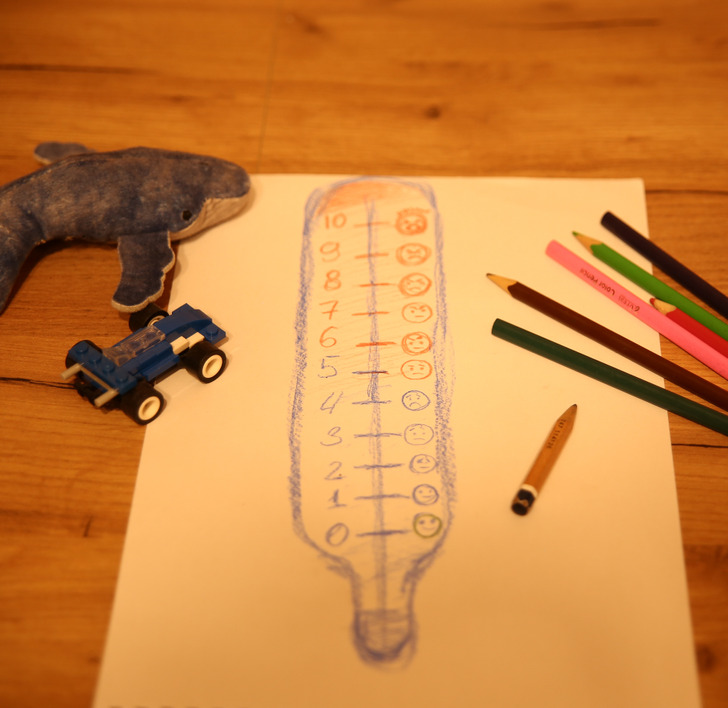
To give a child a chance to determine how angry they are at a certain moment, you can draw a special thermometer. Zero means “no anger at all” and 10 means “the most anger ever.”
So, a child is explained which number corresponds to a certain mood. When a child gets angry, they use the thermometer to show how they are feeling. Using the thermometer helps kids learn to recognize anger when it’s happening.
Time limits make the situation worse.
At this age, children don’t have a very good sense of time. When an adult tells them they can play or watch a cartoon for 5 more minutes, it’s not a good warning. Besides, a study by the University of Washington showed that such warnings only make the transition from fun activities to something different more painful.
Children can handle their tablet battery dying or the internet turning off better. In this case, they are distracted. If a child is in the playground, you can offer them “2 more laps on the bike” or “5 more sandcastles, and we need to leave.”
It’s better to let children vent all of their anger.
Until recently, it was believed that during a tantrum, children felt anger at first, and then sadness. But scientists at the University of Connecticut found that toddlers actually feel both of them during a tantrum. And to help a child deal with such emotions, it’s better not to do anything at first and let the rage die down, and only then comfort them.
It’s pointless to try and reason with a child during a tantrum. You can say something like, “Don’t bite.” and “Don’t pull my hair.” But leave all the serious talk for later.
Don’t punish kids for tantrums.
Don’t ignore a yelling child, don’t tell them off, and don’t punish or send them to their room. The way you react to this behavior determines how well they will be able to control their emotions when they are adults.
During a tantrum, children need their parents’ support. It’s a challenge for many parents since they don’t want to see their kids in tears and they try to calm the storm as fast as possible no matter what it takes. Tantrums help not only the kids to learn to control their emotions, but also the parents.
Hugs and kind words only help if the parent is calm.
Trying to calm a child down when you are enraged is pointless. Remember, tantrums are perfectly normal at this age. Such behavior doesn’t make you look bad, and it doesn’t mean you’re a bad parent.
If a child loses it in a public place, it’s better to take them somewhere quiet and let them calm down. Since there are no people around, you will be able to concentrate on your baby’s feelings better. Breathing exercises are helpful — you and your child breathe in for 5 seconds, hold your breath for 5 seconds, and then quickly exhale.
There are cases when professional help is necessary.
But if tantrums continue after the age of 5 or they become more and more frequent, it may be a good idea to consult a specialist. You should also see a therapist if you can’t handle your own emotions during your children’s tantrums. Being a parent is not easy, and not only kids but also parents sometimes need help. It’s perfectly normal.
What tricks do you have to calm a child down?



